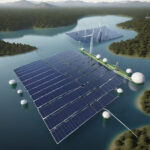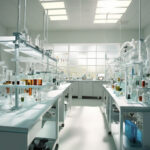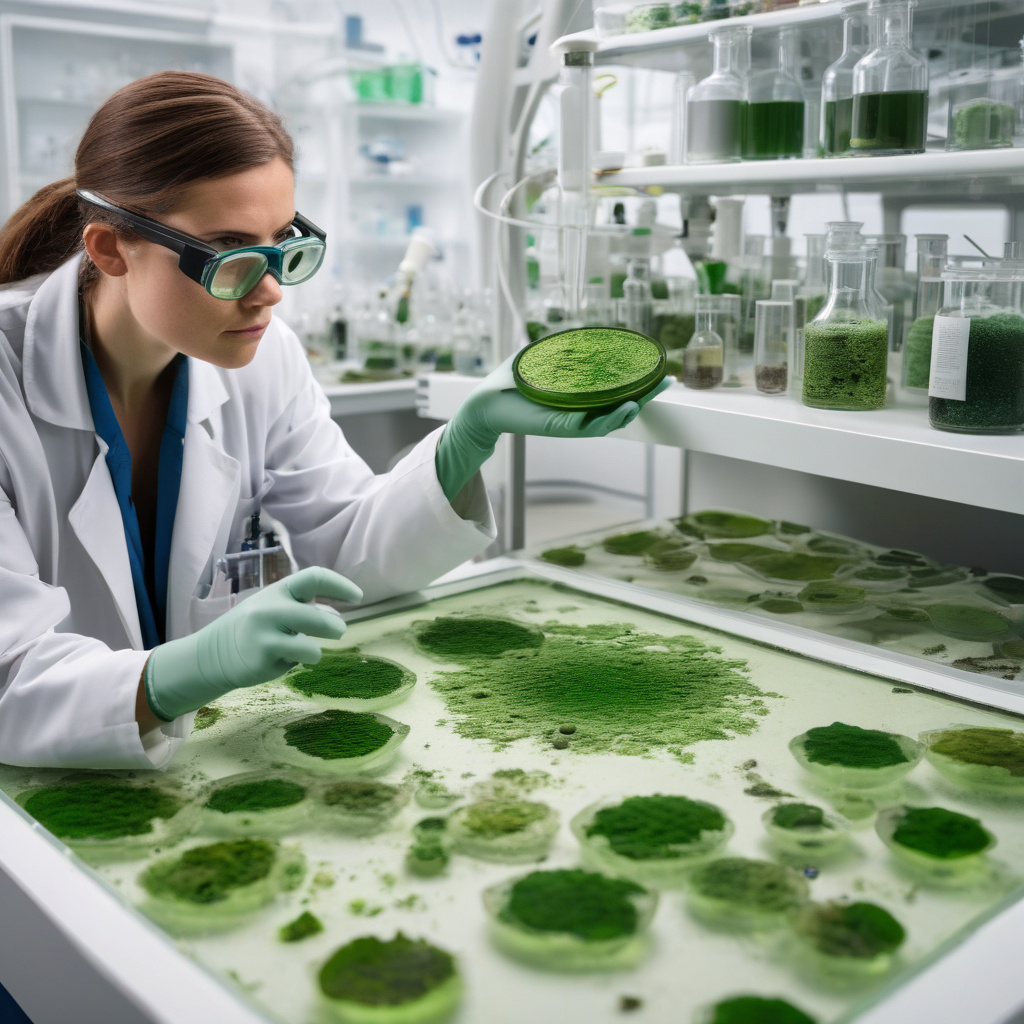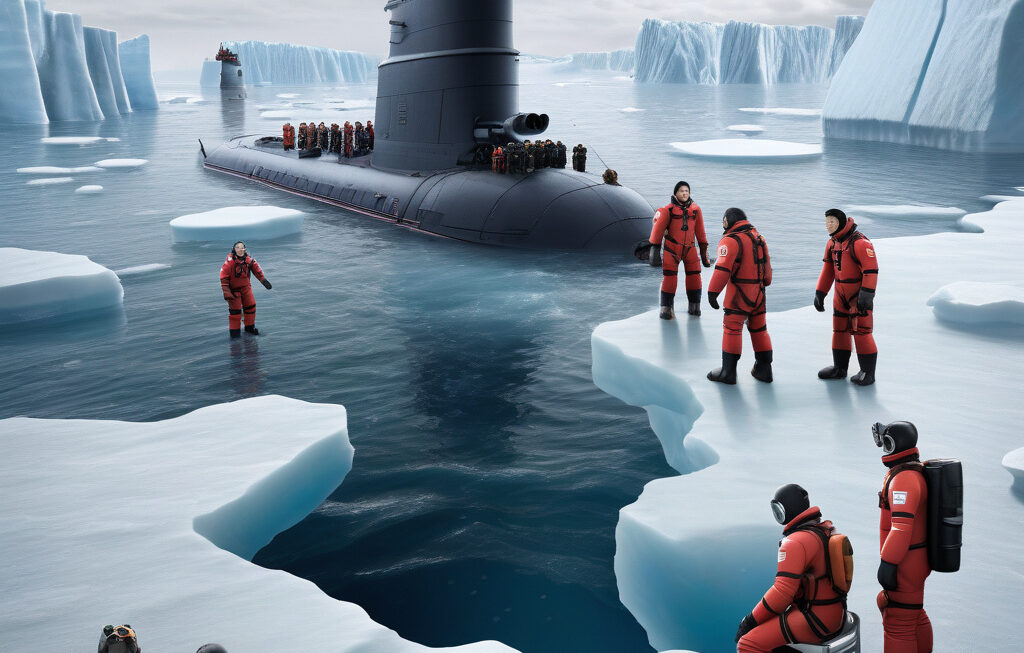Prehistoric Algae Brought Back to Life after 7,000 Years in Baltic Mud
A research team was able to revive dormant stages of algae that sank to the bottom of the Baltic Sea over 7,000 years ago. This groundbreaking discovery sheds light on the resilience and adaptability of these ancient organisms, offering valuable insights into their survival mechanisms and potential applications in modern science.
The study, led by Dr. Anna Jurkschat at the University of Stockholm, focused on sediment samples collected from the Baltic Sea floor. By carefully extracting and isolating dormant algae cells from the mud, the team was able to create optimal conditions in the lab to stimulate their revival. To their astonishment, the algae began to show signs of life after millennia of dormancy.
This remarkable feat not only demonstrates the remarkable longevity of algae but also highlights the importance of understanding their role in prehistoric ecosystems. Algae play a crucial role in the Earth’s carbon cycle, absorbing carbon dioxide and producing oxygen through photosynthesis. By studying ancient algae, scientists can gain valuable insights into how these organisms have shaped the planet’s climate over millions of years.
Furthermore, the revival of prehistoric algae has significant implications for modern biotechnology and environmental research. These ancient organisms have evolved unique biochemical pathways and genetic adaptations to survive in extreme conditions, offering potential solutions for contemporary challenges such as pollution, climate change, and food security.
For example, the enzymes produced by prehistoric algae could be harnessed for industrial processes, such as biofuel production or wastewater treatment. Their ability to thrive in low-oxygen environments may also hold the key to developing new strategies for combating ocean dead zones caused by nutrient pollution.
Moreover, studying the genetic makeup of ancient algae can provide valuable information for crop improvement and genetic engineering. By unlocking the secrets of their resilience, scientists may be able to develop more robust and climate-resistant crops to ensure food security in the face of changing environmental conditions.
In conclusion, the revival of prehistoric algae from the depths of the Baltic Sea represents a major scientific breakthrough with far-reaching implications. By unraveling the mysteries of these ancient organisms, researchers are not only expanding our knowledge of Earth’s history but also paving the way for innovative solutions to pressing environmental challenges. The resilience and adaptability of algae serve as a testament to the power of nature to withstand the test of time and inspire future generations of scientists to explore the wonders of the natural world.
prehistoric algae, Baltic Sea, revival, scientific breakthrough, environmental research












